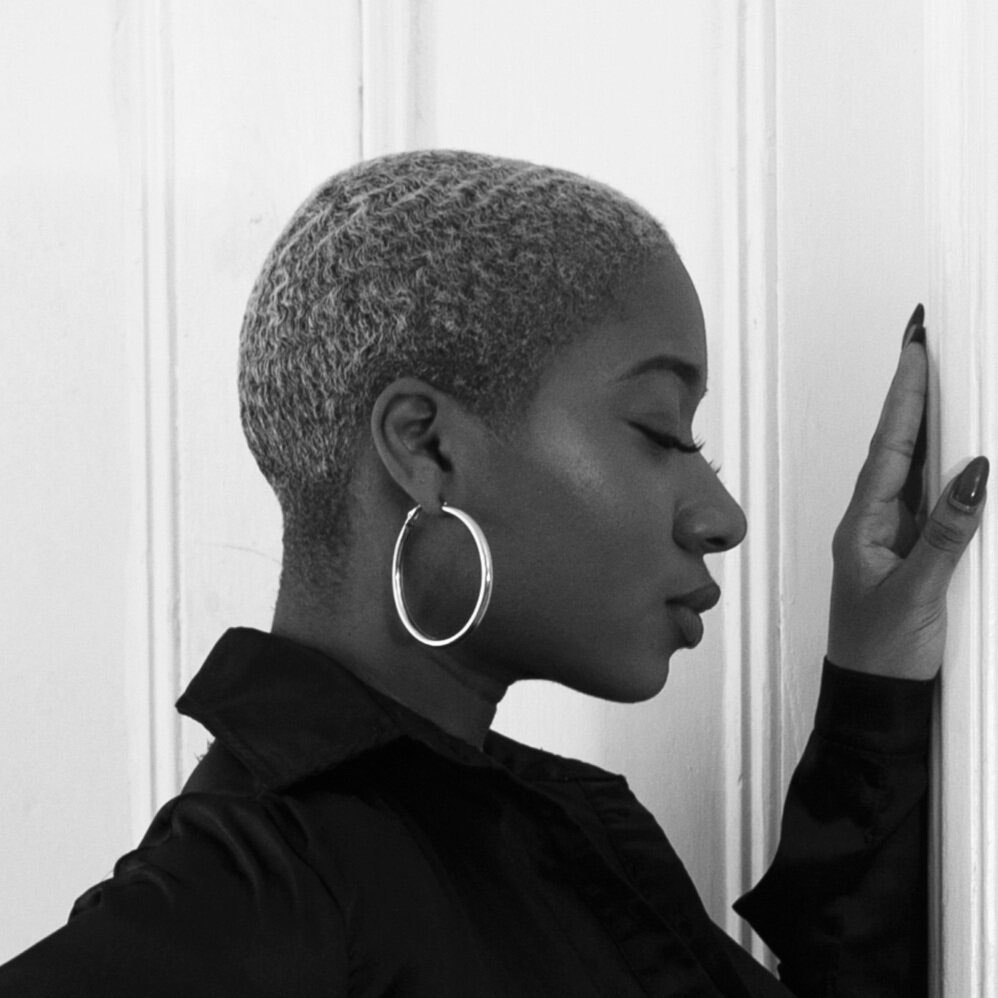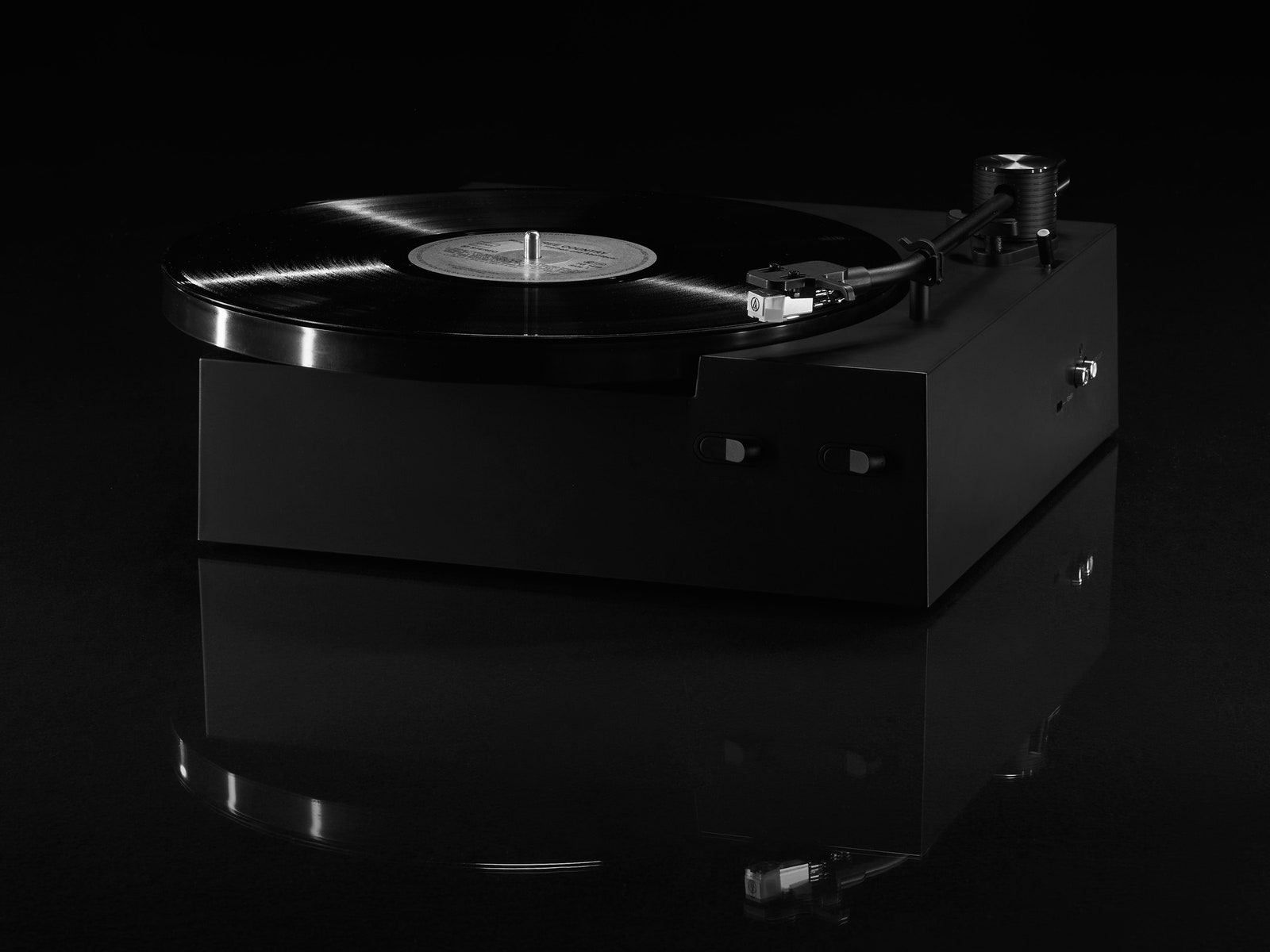[ad_1]
Myesha Gardner: I think feminine energy is less what I aim to depict and more what the subject chooses to bring forth. I am merely there to embrace and document this energy — and provide space for it to transfer through in my images.
My explorations on themes such as vanity and the function of the woman’s body, in addition to my own self-reflections, seek to examine the profoundly complex roles and expectations assigned to women by our culture and society — with a personal emphasis on Black women, in particular. These roles and expectations are not always aligned, nor reciprocated, and through my studies I have all too often observed women stripped down to a singular value dictated entirely by others. Womanhood, both traditionally and universally, has been directly linked to singular role expectation; women are predominantly expected to conceive, carry, give birth, and sustain life, regardless of other circumstances or her own personal will.
I often question where and how we, as women, are allowed to feel safe and nurtured, to demonstrate vulnerability and strength? It is my goal to document the many dualities that may coexist and show that there is no one way to be a woman, and rather we are multifaceted and magnificent. Being feminine is, and should be, however a woman chooses to exist.
Myesha Gardner
Photograph: Myesha Evon GardnerWhat’s your favorite part about capturing Black women and men?
Black people embody so much divine beauty — it is our minds, bodies, and souls that make us unique, and I simply aim to capture that in a visual sense. I’m showcasing the beauty in truth and daily Black life as a form of resistance, and this is inherently tied to our emotional experiences.
From intimate portraits of my family to capturing the energetic movement of dancers in the studio to documenting everyday life through street photography, I’m most fascinated by subjects who are least expected to be approached or engaged — it’s their stories that most often deeply resonate with me.
I think it’s important to show people that their stories have value by sparking those conversations, documenting their world, and giving them the opportunity to be seen and possibly even more understood than before.
How have you seen your work evolve over the years?
I think my entire journey is about evolution — since the moment I started focusing on photography in earnest, I have seen my work evolve in more ways than one. I started studying photography at an arts high school in Cleveland under my instructor, Toni Starinsky, who was one of my first educational mentors and who really pushed me to experiment by studying a variety of photographic methods, such as the pinhole camera, analog vs. digital mediums, darkroom techniques, and so on. I spent a lot of my early years capturing portraits of members in my family, friend groups, and surroundings, which are still the main subjects in my personal work to date. I find so much joy in looking back on archival work, discovering ongoing threads right alongside attempts I may have perceived as failures at the time, which have culminated in very practical evidence of my growth as an artist and photographer.
[ad_2]
Source link


